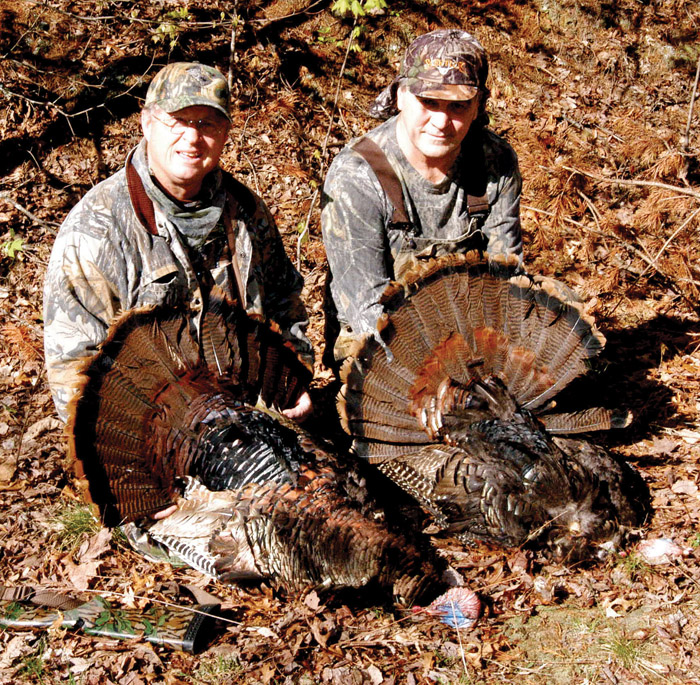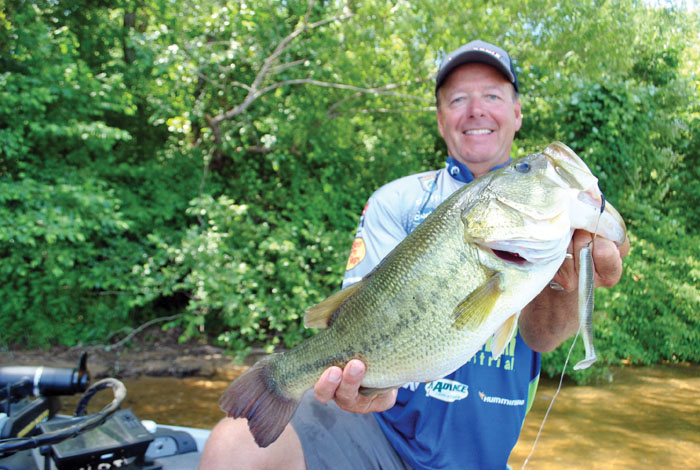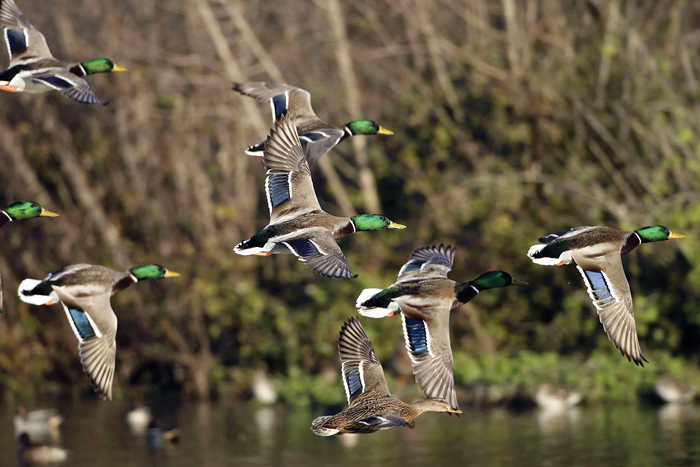Gibbons column: Predatory plant unusual
Published 12:00 am Wednesday, March 9, 2011
Q: You often write about unusual characteristics of various animals. Do any plants have properties that make them odd and fascinating as well?
A: To be sure, many plants have distinctive, bizarre or unusual qualities. Among the single-most basic essentials for any species of plant (or animal) is that individuals must be able to feed themselves and obtain nutrients. Plants have evolved some extraordinary attributes to achieve these goals.
When we speak of animals obtaining required nutrients, we refer to active foraging and feeding behaviors. We donít ordinarily think of plants as aggressors. But some plants actually capture and consume animals as part of their diet. The best known example of this unusual behavior is found in pitcher plants and Venus flytraps. These plants live in highly acidic wetland habitats that are low in soil nutrients. In order to survive, the plants must have some mechanism for supplementing their nutritional intake. They do this by catching and digesting tiny animals.
Pitcher plants are passive predators on insects or any other animal that is small enough to fall into what is a highly effective pitfall trap shaped like vase. In some pitcher plants the column is only a few inches high, but the beautiful yellow trumpet pitcher plant of the Southeast can be almost three feet tall. The inner surface of a pitcher plant tube, which has downward-pointing hairs, is made slippery by secretions. A trapped prisoner eventually falls into a digestive liquor at the bottom of the flask, which means certain death for most of them. The bug that makes a misstep over the edge of the tube soon becomes part of the plant world. In a manner reminiscent of Audrey II in The Little Shop of Horrors, the plant digests and gradually absorbs its victims.
Although much smaller than the showy pitcher plants, the Venus flytrap is a lot faster in capturing its prey and does so with more pizzazz. A Venus flytrap has modified leaves that perform a special magic trick for insects. The two halves of the trap look like a large, opened butterbean with long spines around the edges. The scent from nectar glands on the inside of the open leaf attracts flies and other insects. When a bug alights and its legs hit the hair triggers, the two halves of the trap slam shut faster than a fly can fly. Now you see it, now you don’t. The flytrap then secretes digestive juices into the chamber, and over the next several hours the insect is absorbed. An impressive magic trick indeed.
Bladderworts are not familiar to most people, but these carnivorous plants are abundant and widespread. They get a major portion of their nutrients from animals they catch. Their method of prey capture, rather like an aquatic version of the Venus flytrap, is one of the most amazing feats of our native plants. These small, mostly aquatic plants float at the water’s surface armed with thousands of bladders. A special trapping device about the size of a match head targets swimming creatures such as small insects and protozoans. If these tiny animals swim too close to the hair triggers on the outside of the air-filled bladder trap, they become victims.
When the animal touches a trigger, a tiny door on the bladder trap snaps inward. The helpless quarry is sucked inside with a rush of water. The door immediately slams shut again, with the creature inside the bladder chamber, and the digestive process begins. The bladderwort door opens and shuts in less than 1/400th of a second, about as fast as plants can do anything. Bladderworts are merciless with mosquito larvae, which squirm around so much they are likely to hit a trigger eventually. Because the operation occurs at such speed, it has been difficult to photograph, and for many years botanists were unable to understand the bladderwortís process of capturing prey.
These are but a few of the traits that ensure that at least some plants can hold their own with even the most bizarre and unusual animals.
Whit Gibbons is an ecologist and environmental educator with the University of Georgiaís Savannah River Ecology Laboratory. Send environmental questions to ecoviews@gmail.com.




